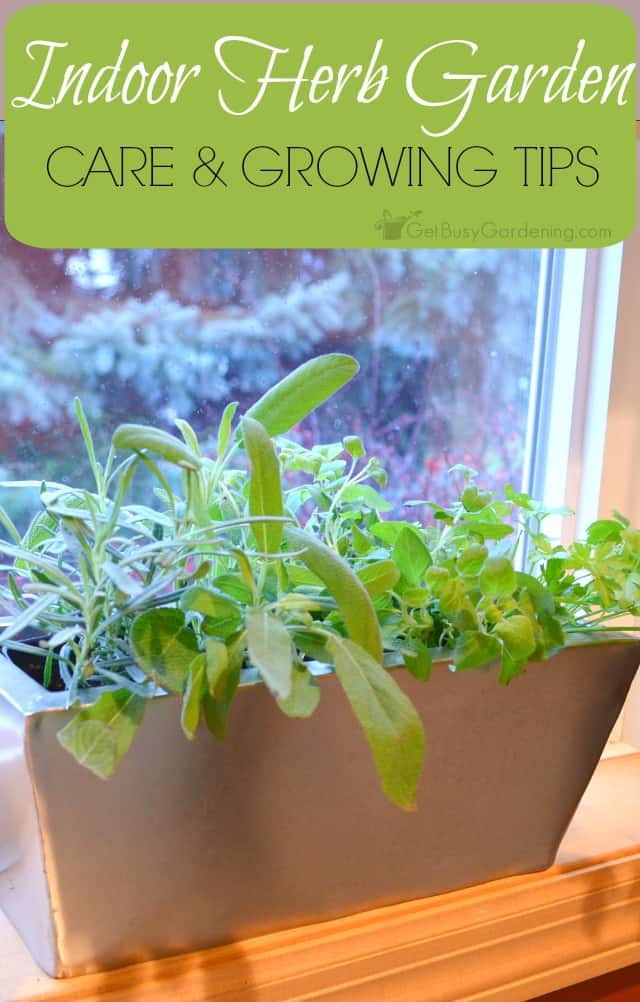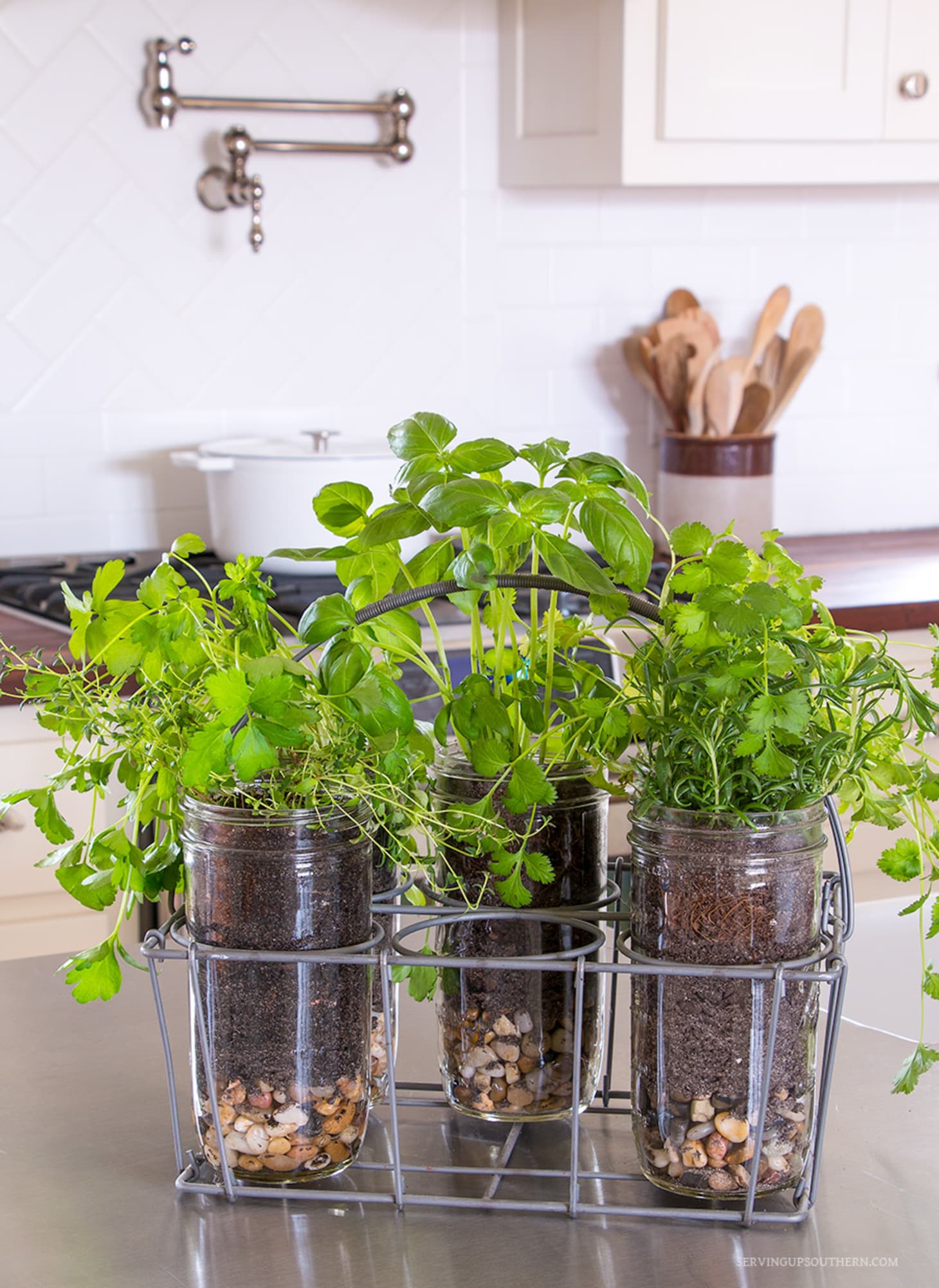How to Start an Indoor Herb Garden

Introduction
Imagine the delight of plucking fresh basil leaves straight from your kitchen counter to garnish your homemade pasta. Or the aroma of fresh rosemary wafting through your living room as you prepare a hearty roast. Starting an indoor herb garden is not just about growing plants; it's about cultivating a lifestyle that brings freshness, flavor, and a touch of nature into your home. Whether you're a seasoned gardener or a novice with a green thumb, this guide will walk you through the essential steps to create a thriving indoor herb garden.
Why Grow Herbs Indoors?
Growing herbs inside your home offers numerous benefits. Firstly, it provides a constant supply of fresh, organic herbs at your fingertips. Secondly, indoor herb gardens can enhance the aesthetic appeal of your living space, adding a touch of greenery and life. Lastly, caring for plants can be a therapeutic hobby that reduces stress and improves mental well-being.
Essential Tips for Starting a Herb Garden Indoors
Choosing the Right Herbs
Not all herbs thrive indoors. Some herbs are better suited for indoor conditions than others. Here are a few herbs that do well indoors:
- Basil: Loves sunlight and warmth. Ideal for windowsills.
- Parsley: Thrives in partial shade and requires consistent moisture.
- Rosemary: Prefers bright light and well-drained soil.
- Mint: Grows well in partial shade and moist soil.
- Thyme: Needs plenty of light and well-drained soil.
Selecting the Perfect Containers
The right container can make all the difference in the success of your indoor herb garden. Opt for pots with good drainage to prevent root rot. Terracotta pots are a popular choice due to their porous nature, which allows for better air circulation. Alternatively, you can use plastic or ceramic pots, but ensure they have drainage holes.
Lighting Requirements
Most herbs require at least 6-8 hours of sunlight per day. Place your herb pots near a south-facing window for optimal light exposure. If natural light is limited, consider using grow lights to supplement. LED grow lights are energy-efficient and can be easily adjusted to provide the right amount of light.
Soil and Watering
Use a well-draining potting mix specifically designed for herbs. Avoid using garden soil, as it can be too heavy and may contain pests or diseases. Water your herbs regularly, but be careful not to overwater. A good rule of thumb is to water when the top inch of soil feels dry to the touch.
Temperature and Humidity
Herbs generally prefer temperatures between 65-75°F (18-24°C). Avoid placing your herb pots near heating vents or drafty areas. Maintain a consistent humidity level by misting the plants occasionally or placing a tray of water near the pots.
Indoor Herb Garden Care
Fertilizing
Herbs benefit from regular fertilization. Use a balanced, water-soluble fertilizer every 4-6 weeks during the growing season. Organic fertilizers like compost tea or fish emulsion can also be used to provide essential nutrients.
Pruning
Regular pruning encourages bushier growth and prevents the plants from becoming leggy. Pinch back the tips of the stems to promote new growth. This also helps to maintain the plant's shape and size.
Pest Control
Indoor herb gardens are less prone to pests compared to outdoor gardens, but they are not immune. Common indoor pests include aphids, spider mites, and whiteflies. Regularly inspect your plants for signs of pests and treat them promptly with organic or chemical pesticides.
Advanced Indoor Herb Gardening Tips
Propagation
Propagating herbs is a rewarding way to expand your indoor herb garden. Many herbs can be propagated from cuttings or seeds. For example, basil and mint can be easily propagated from stem cuttings placed in water.
Companion Planting
Companion planting involves growing different plants together to benefit each other. For instance, basil and tomatoes are known to complement each other, enhancing the flavor of both plants. Experiment with different combinations to see what works best for your indoor herb garden.
Hydroponic Gardening
Hydroponic systems allow you to grow herbs without soil. This method can be more efficient and less messy than traditional soil-based gardening. Hydroponic kits are available for purchase and can be a fun way to experiment with indoor herb gardening.
Conclusion
Starting an indoor herb garden is a rewarding endeavor that brings freshness and life into your home. By choosing the right herbs, selecting the perfect containers, providing adequate light, and maintaining proper care, you can create a thriving indoor herb garden that enhances your culinary creations and adds a touch of nature to your living space.
FAQs
What are the best herbs to grow indoors?
- Basil, parsley, rosemary, mint, and thyme are some of the best herbs to grow indoors due to their adaptability to indoor conditions.
How much light do indoor herbs need?
- Most herbs require at least 6-8 hours of sunlight per day. Place your herb pots near a south-facing window or use grow lights to supplement natural light.
What type of soil is best for indoor herbs?
- Use a well-draining potting mix specifically designed for herbs. Avoid using garden soil, as it can be too heavy and may contain pests or diseases.
How often should I water my indoor herbs?
- Water your herbs regularly, but be careful not to overwater. A good rule of thumb is to water when the top inch of soil feels dry to the touch.
What are some common pests in indoor herb gardens?
- Common indoor pests include aphids, spider mites, and whiteflies. Regularly inspect your plants for signs of pests and treat them promptly with organic or chemical pesticides.


0 Response to "How to Start an Indoor Herb Garden"
Post a Comment